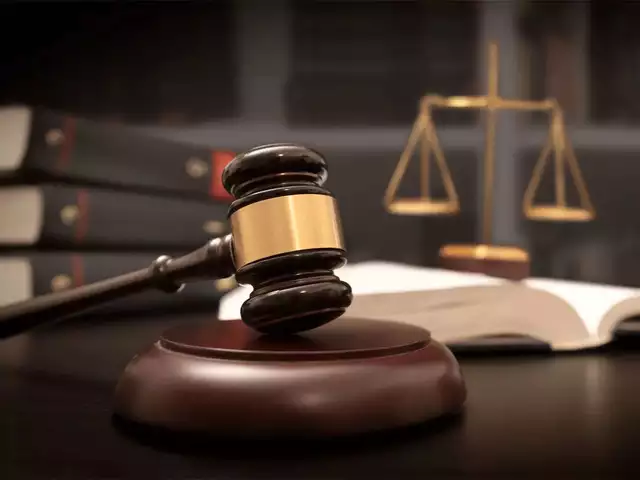In the realm of accident injury cases, determining fault and liability is a pivotal aspect that shapes the legal proceedings and outcomes. Understanding these concepts is crucial for accident victims seeking compensation for their injuries and damages. In this blog post, we’ll delve into the fundamentals of fault and liability in accident injury cases:
- What is Fault? Fault refers to the legal responsibility or blame assigned to a party for causing an accident or injury. In personal injury cases, fault is typically established based on negligence, which occurs when a person fails to exercise reasonable care, resulting in harm to others. Examples of negligent actions include speeding while driving, failing to maintain a safe premises, or disregarding safety protocols in the workplace.
- Determining Liability: Liability, on the other hand, is the legal obligation of a party to compensate another for damages resulting from their actions or omissions. Liability is often determined based on the degree of fault assigned to each party involved in the accident. In some cases, multiple parties may share liability for the accident and resulting injuries.
- Comparative Fault Laws: Many states follow comparative fault laws, which allow accident victims to recover compensation even if they were partially at fault for the accident. However, the amount of compensation awarded is reduced in proportion to the victim’s degree of fault. For example, if a victim is found to be 20% at fault for the accident, their compensation would be reduced by 20%.
- Proving Negligence: In order to establish liability in an accident injury case, the injured party (plaintiff) must prove the following elements of negligence:
- Duty of care: The defendant owed a duty of care to the plaintiff to act reasonably and prevent foreseeable harm.
- Breach of duty: The defendant breached the duty of care by acting negligently or recklessly.
- Causation: The defendant’s breach of duty directly caused the plaintiff’s injuries.
- Damages: The plaintiff suffered actual damages, such as medical expenses, lost wages, and pain and suffering, as a result of the defendant’s actions.
- Role of Evidence: Evidence plays a crucial role in proving fault and liability in accident injury cases. This may include witness testimony, accident reports, medical records, photographs of the accident scene, and expert opinions. Thorough documentation and preservation of evidence are essential for building a strong case and establishing liability.
- Legal Representation: Given the complexities involved in proving fault and liability, seeking legal help from an experienced personal injury attorney like Zicca Relli is highly recommended. An attorney can assess the circumstances of your case, gather evidence, negotiate with insurance companies, and advocate on your behalf to ensure that your rights are protected and you receive fair compensation for your injuries and damages.
Understanding fault and liability is essential for navigating the legal process and pursuing compensation in accident injury cases. By familiarizing yourself with these concepts and seeking guidance from a knowledgeable attorney, you can effectively assert your rights and hold negligent parties accountable for their actions.

